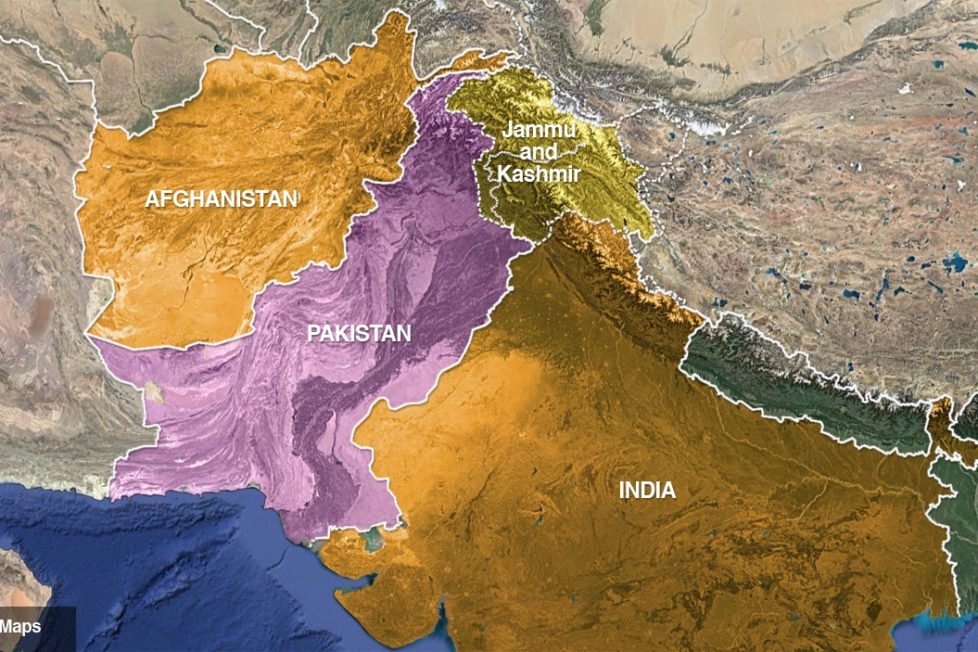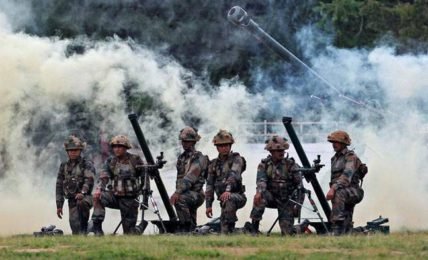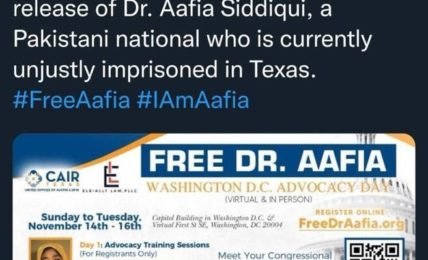Trump-Modi initiative comes to fruition: India opens channels with Afghan Taliban factions & leaders.
The Indian outreach is largely led by security officials and limited to Taliban factions and leaders that are perceived as being “nationalist” or outside the sphere of influence of Pakistan and Iran.




